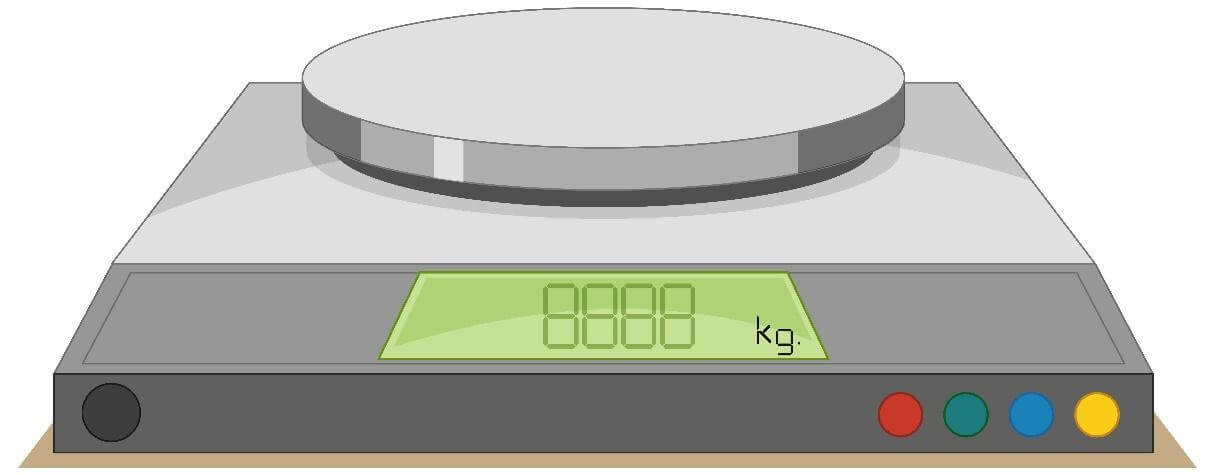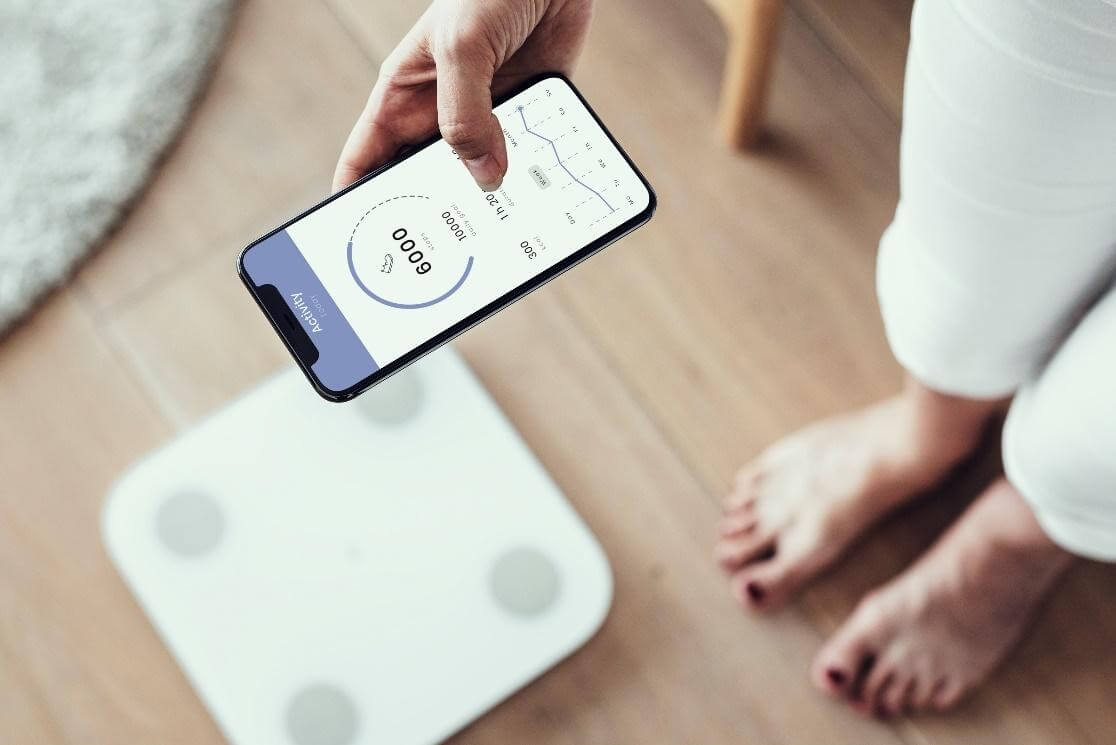Updated May 30, 2023
About Weighing Machine
A weighing machine is a machine that measures weight. People frequently use these machines to measure their mass, verify the density of components, weigh their body mass, and perform other tasks. In the previous few years, there has been a change in weighing machine technology. Several sorts of devices are currently available on the market, each with advantages.
Working of Weighing Machine
Load cells serve as the primary method for measuring weight in various medical, industrial, or retail applications, as they generate an electrical signal proportional to the force being measured and act as a type of force gauge. An electronic device, usually a digital weight indicator, reads the electric signal and converts it to a digital weight number. The value is then shown for viewing, which is the object’s weight.
4 Types of Load Cells
#1 Pneumatic Load Cell
Pneumatic load cells utilize air pressure and consist of an elastic diaphragm coupled to a platform surface, which balances the object being weighed. A pressure gauge is also included, as well as an air regulator that restricts the flow of air pressure. The scale balances the object’s weight using pressurized air and calculates its weight based on the air required. The pressure gauge subsequently converts the reading into an electrical signal.
#2 Capacitive Load Cell
Capacitive load cells rely on the system’s ability to retain a charge. The load cell comprises two parallel flat plates that a current passes through. Once the charge stabilizes, the plates store it between them. The size of the gap between the plates determines the capacitance or amount stored. Placing an item on the plate reduces the gap and changes the capacitance, which enables weight conversion.
#3 Hydraulic Load Cell
The hydraulic load cell uses a fluid, such as water or oil. The piston increases the pressure in the confined liquid proportionally to the weight imparted when someone places an object on the platform. After calibrating the pressure, you can take an accurate weight measurement and use it as an analog gauge or convert it to an electric signal.
#4 Strain Gauge
The load cell, which is a strain gauge commonly employed in weighing scales, undergoes a change in its electrical resistance proportional to the weight of an object when it is placed on the scale. This makes it easy to calibrate the scale to give an accurate measurement. The strain gauge load cell contains four strain gauges arranged in a ‘Wheatstone Bridge’ pattern, which helps to ensure accurate measurements. When the object’s weight bends the load cell, the electrical circuit measures the change in resistance and gives a very precise reading.
Main Types of Weighing Machines
#1 Digital Weighing Machine
The most common and popular form of weighing machine on the market is digital. It weighs an object with an electrical sensor and displays the weight on an LCD screen. These machines are extremely accurate and easy to operate. Various tasks can utilize digital weighing machines, including measuring food, ingredients, and other materials.
#2 Analog Weighing Machine
Analog weighing machines are less common than digital weighing machines, yet they have a market position. Analog scales are harder to use than digital scales, although they can be more accurate.
#3 Smart Weighing Machine
A smart weighing machine is a modern form of weighing machine that combines the greatest qualities of digital and analog devices. Smart weight machines are simple to operate and deliver precise readings. They also have extra functions like internet connectivity and data tracking and analysis.
#4 Electric Weighing Machine
Similar to digital weighing machines, electronic weighing machines use electronic sensors rather than digital screens. Although electronic weighing devices are more accurate than digital equipment, they can be more complex.
Takeaways
Weighing machines are excellent tools for calculating and determining weight, mass, fat, and other parameters. Production units and industries frequently utilize weighing analog and digital machines.
With their rising benefits, people now use these gadgets for personal use.
Recommended Articles
We hope that this EDUCBA information on the “Weighing Machine” was beneficial to you. You can view EDUCBA’s recommended articles for more information –






